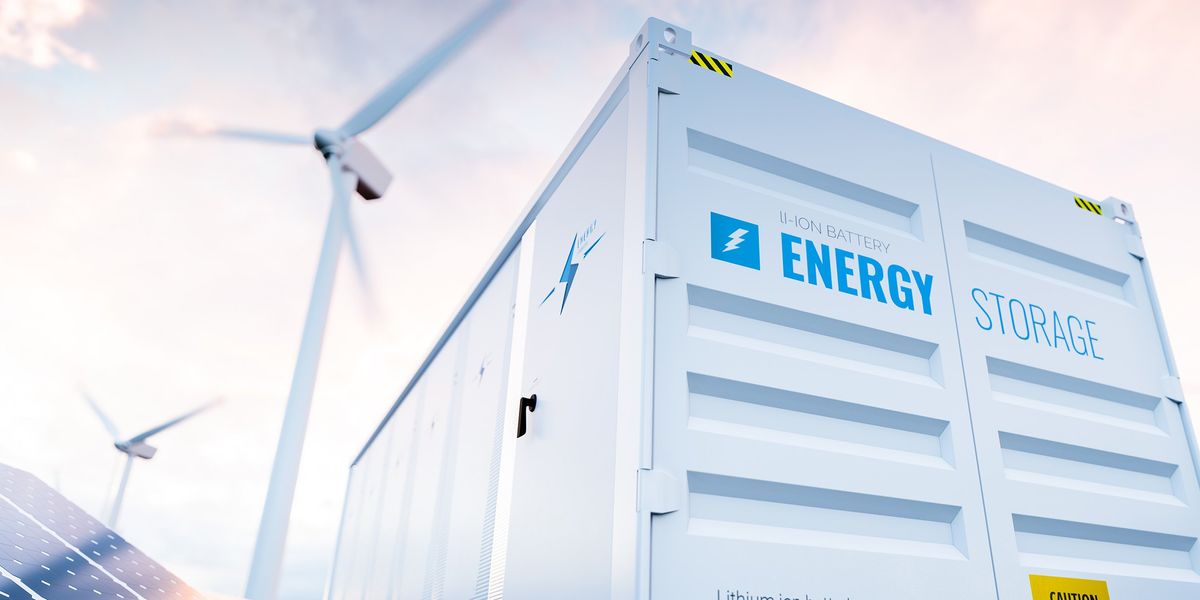Lithium miners are facing pressure to keep up with growing demand from the electric vehicle and energy storage sectors.
Bringing new lithium supply online is not an easy task, and time and time again projects have faced challenges and delays.
“The positive surprises in the last five years have all been on the demand side,” Joe Lowry of Global Lithium said during a panel discussion at the recent Lithium Supply and Battery Raw Materials conference, hosted in Las Vegas, US, by Fastmarkets. “The negative surprises have all been on the supply side: slow projects, no permitting.”
Chris Berry of House Mountain Partners is also expecting supply to be tight until many of the current roadblocks, including permitting, are resolved in regions such as North America.
“Until there’s a reckoning with respect to stakeholders about how much more pragmatic we are all going to have to be in terms of accelerating supply, I think you are looking at really structural deficits, arguably not just for lithium, but for other battery raw materials as well,” he said.
Also sharing his thoughts during the talk was Daniel Jimenez of iLi Markets. While he agreed that permitting is a big issue for bringing new supply online, for him a bigger problem today is know-how.
“Technical knowledge is very regionalized: brines in South America, hard rock in Australia and lithium refining in China,” he said. “This lack of knowledge is very acute in this industry today; that’s why in the next four, five years I think we will be running into a significant deficit.”
One of the ways know-how could be shared and supply could be accelerated is through M&A.
“M&A will help speed up bringing supply online as it speeds up the knowledge share. But you also need a lot of investment,” William Adams of Fastmarkets said. “You can’t just have M&A — you also need a lot of investments in juniors to bring new supply online, and maybe M&A activity diverts some of that investment away from juniors.”
Lessons learned from lithium’s price run
Lithium prices hit historical highs last year following a rally that began at the end of 2020. When asked what lessons have been learned from that season, Lowry said probably very few and that only time will tell.
“I think we have seen abject panic, which is what ran the price up … market forces took it to the US$80,000 (per metric ton) range roughly, and it probably shouldn’t have happened,” he said.
Lithium spot prices continued to climb throughout 2022, but in November they turned to the downside, falling by about 50 to 70 percent. Prices finally began to stabilize and move upward again in May.
For Tara Berrie of electric vehicle maker Rivian (NASDAQ:RIVN), lithium company share prices are hypersensitive to spot prices, which in the end are just noise and distraction.
“From an investor perspective, we need to learn to be able to cut out the noise and look at (the fact that) there will be a fundamental shortfall,” said Berrie, who previously worked at Tesla (NASDAQ:TSLA), Allkem (ASX:AKE,OTC Pink:OROCF) and Rio Tinto (ASX:RIO,NYSE:RIO,LSE:RIO). “Investment has to continue, otherwise any delays will extend project timelines that are massively long already.”
Aside from spot price movements, investors tend to be hesitant to jump into lithium because of the industry’s track record when it comes to the rollout of mining projects.
“It always seems to take longer — it always seems to cost more,” Berry said. “You can get (a refinery) permitted and built in three to four years, not 10 to 15 that it will take for a mine, and ideally you are selling a very high end value product even though none of it is relevant without much more raw material supply.”
Lithium supply in the short term
Looking at the short-term supply and demand dynamics in the lithium space, it is important to remember that demand is not just a function of what is being consumed, but also the allowance to build out working stock.
“To satisfy the demand for lithium from a producer perspective you need to not only supply the client, but also to have all the inventory in the pipeline — that alone is at least three months of production,” said Jimenez, who previously worked at SQM (NYSE:SQM).
“So if we say the lithium industry will be close to a million tonnes this year, we know we have an inventory today of about 250,000 tonnes in the pipeline. So inventories play a key role in this high-growth rate of consumption,” he added.
Ashish Patki of Livent (NYSE:LTHM) pointed out that it is also important to consider who is holding inventories of lithium when looking at short-term supply.
“Is it lithium producers who have finished goods inventory, or is it some traders who are now getting active in this growing industry and are keeping some stocks to benefit from the price movements that happen?” he said. “Those nuances matter when it comes to overall industry demand and supply. Time of the year also matters — both demand and supply are seasonal.”
Don’t forget to follow us @INN_Resource for real-time updates!
Securities Disclosure: I, Priscila Barrera, hold no direct investment interest in any company mentioned in this article.
From Your Site Articles
Related Articles Around the Web
Image and article originally from investingnews.com. Read the original article here.

